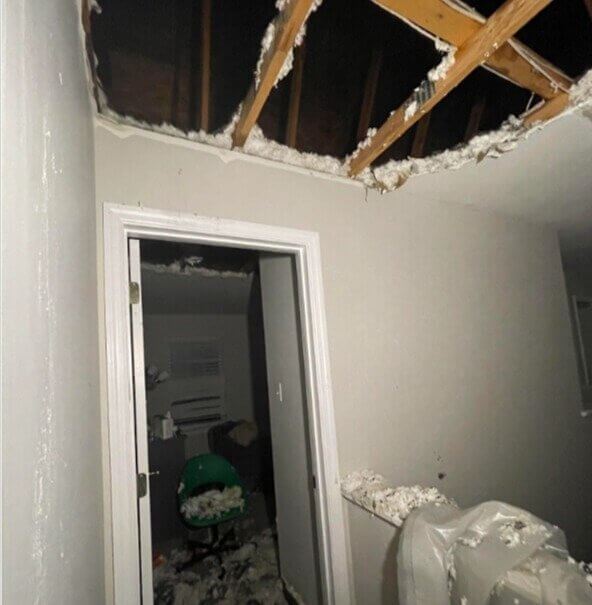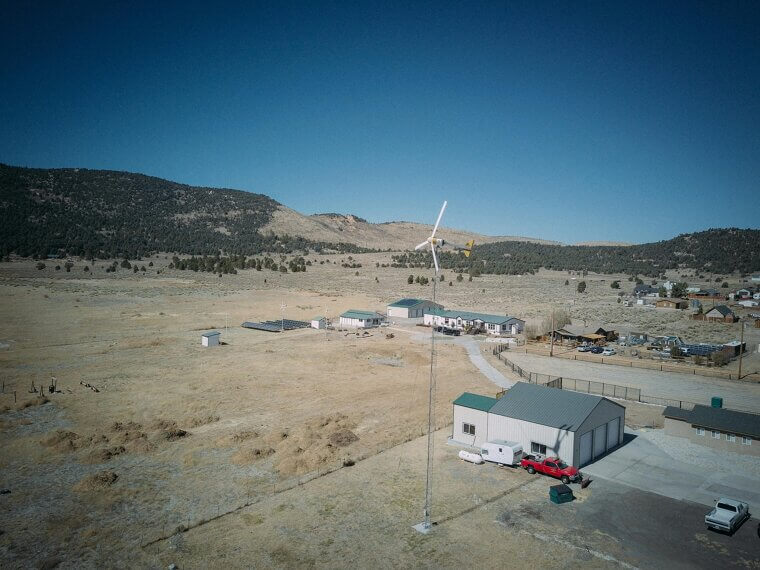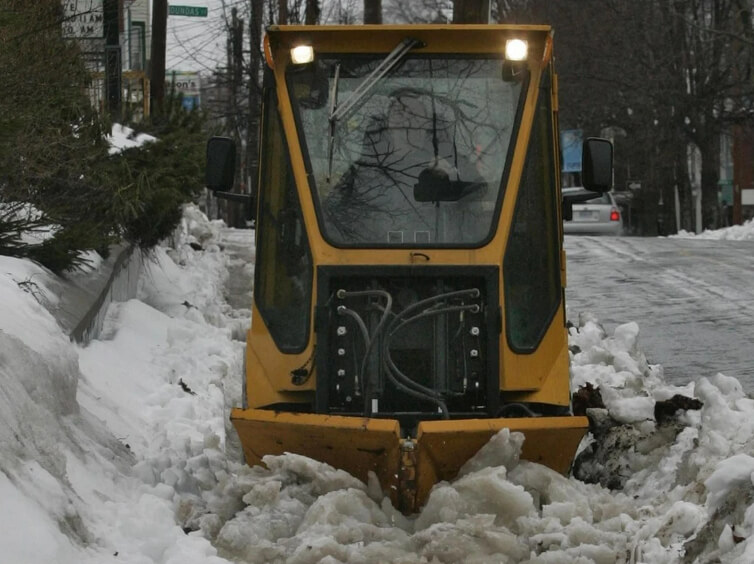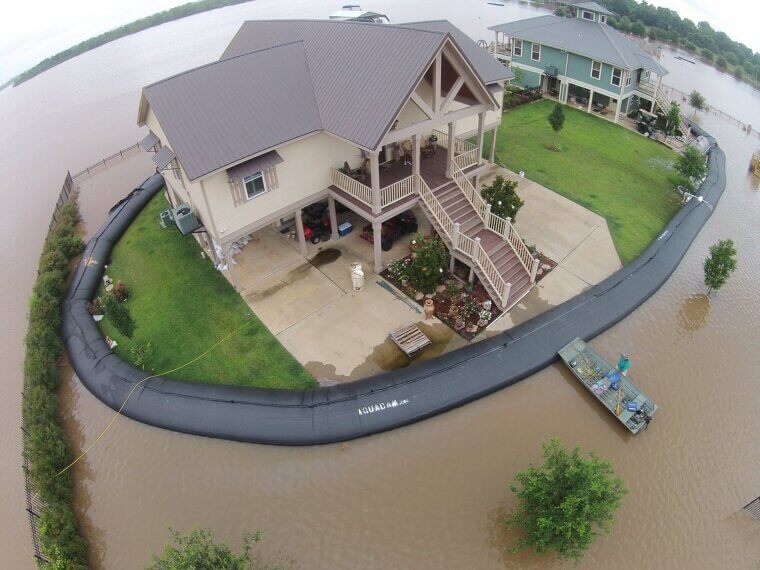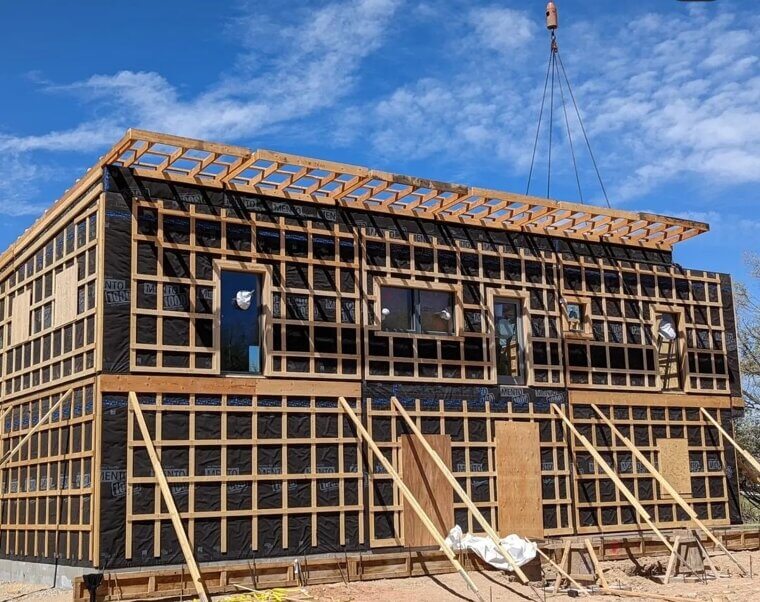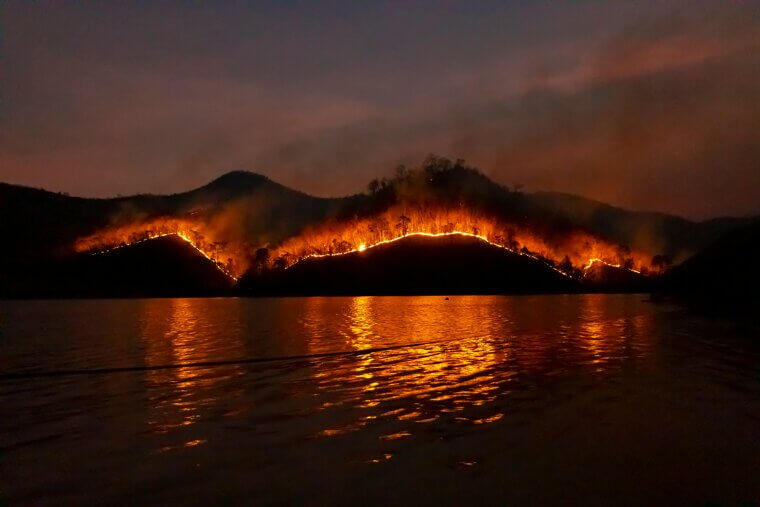Disaster Restoration and Remediation
Disaster restoration is the first truck after chaos, handling water removal, drying, mold abatement, debris clearing, and emergency roofing. Hurricanes, floods, hail, and derechos flip demand overnight, creating high-ticket jobs approved quickly by insurers and cities. Property managers and homeowners call too. Revenue peaks during landfall weeks and the first ninety days of recovery. Innovation includes desiccant drying, HEPA negative-air systems, drone roof scopes, and moisture IoT. Risks are contractor bottlenecks, price rules, and worker safety. Prioritize low-income blocks. Watch claims volume per zip code to size the surge fast.
Insurance, Reinsurance, and Cat Bonds
Insurance and reinsurance turn weather risk into contracts that enable rebuilding. Carriers, governments, and investors hedge wind, flood, hail, wildfire, and freeze losses, often via cat bonds. Extremes raise hazard and exposure, nudging premiums and hedging demand. Revenue jumps during renewal cycles after big loss years. Parametric policies, high-resolution peril models, and response apps expand tools. Risks include model error, correlated losses, and affordability pain. Pricing rhythms follow tropical cyclone and convective seasons. Aim for fair rates, mitigation credits, and community pools. Track industry loss multiples and ILS spreads steadily.
Standby Power, Storage, and Microgrids
Standby power and microgrids sell calm when the grid blinks. Generators, batteries, solar plus storage, and islanding controls keep hospitals, data centers, grocery cold chains, telecom, schools, and homes running. Heat waves, ice storms, and hurricanes drive adoption, with sales peaking before landfall and again after outages. Innovation features inverter-based microgrids, vehicle-to-home, vehicle-to-grid, and long-duration storage. Risks include diesel supply crunches, maintenance gaps, and tricky permitting. Hot, hurricane-prone regions and wildfire shutoff zones buy early. Equity shows up as resilience hubs and shared batteries. Watch outage minutes avoided per site.
HVAC, Cooling, and Air Quality
HVAC firms boom when air tries to cook or choke people. AC, heat pumps, dehumidifiers, filtration, and evaporative coolers turn heat waves and smoke into solutions for apartments, eldercare, schools, offices, and homes. Revenue spikes during heat advisories and smoke days. Innovation includes high-SEER heat pumps, smart thermostats, and MERV 13 retrofits. Risks include technician shortages, grid strain, and unreachable attics on the hottest afternoons. Sunbelt summers, humid coasts, and fire seasons lead strongly. Equity means cooling centers and targeted rebates. Track cooling degree days against calls to plan staffing.
Snow and Ice Management
Snow and ice management lives for polar outbreaks and lake-effect marathons. Crews plow, salt, pretreat with brine, clear sidewalks, de-ice runways, and remove roof loads for municipalities, airports, logistics hubs, and retail centers. Multi-day storms and late freezes bring invoices. Innovation includes beet-juice blends that stick, GPS route optimization, and better spreaders. Risks involve salt runoff, equipment downtime, and liability claims. Northern latitudes, mountain corridors, and Great Lakes belts dominate map. Put schools and transit first when storms hit. Track cost per lane mile cleared to sharpen budgets next winter.
Flood Control and Water Management
Flood control wakes up when cloudbursts or swollen rivers test old drains. Pumps, portable barriers, stormwater basins, smart grates, and backflow valves protect hospitals, factories, housing authorities, and downtown storefronts. Orders spike during monsoon months and atmospheric rivers. New tools include real-time level sensors, inflatable cofferdams, and permeable streets that drink quickly. Risks include silt clogging, undersized culverts, and thin maintenance budgets. Delta cities, river confluences, and coastal plains need priority. Equity says protect flood-prone neighborhoods first. Track peak flow handled versus design capacity after each storm to guide upgrades.
Weather Intelligence and Risk Analytics
Weather intelligence sells clarity when the sky gets weird. Forecast APIs, targeted alerts, and site-specific impact models help airlines, energy traders, retailers, stadiums, and insurers decide sooner. Every percent of accuracy saves downtime and spoilage. Revenue climbs during storm seasons and major events planning. Ensemble AI, downscaled nowcasting, crowd sensors, and drone sampling sharpen guidance. Risks include data latency, false alarms, and alert fatigue at the last mile. It is global with strong regional niches. Offer open alerts in multiple languages. Measure decision lead time gained per user over time.
Resilient Construction and Retrofits
Resilient construction grows whenever weather writes expensive lessons. Impact windows, roof tie-downs, fire-rated siding, raised equipment, and elevating structures help buildings stay put. Codes tighten, and owners invest before and after seasons. Homeowners, hotels, warehouses, schools, and utilities buy hardest. Fresh ideas include floodable ground floors, breakaway walls, mass timber, and cool roofs. Risks include material inflation, contractor capacity, and slow permits. Coasts, canyons, and hail belts lead demand. Equity means grants for retrofits in older housing. Track loss ratios before and after upgrades to show payback and resilience clearly.
Climate-Smart Agriculture and Controlled Environments
Climate-smart agriculture grows when heat, drought, hail, or deluge bully yields. Growers pivot to drought-tolerant seeds, drip irrigation, shade nets, greenhouses, and vertical farms. Buyers include specialty producers, grocers, urban farms, and foodservice. Sales surge after drought declarations and hail outbreaks. Precision fertigation and pollinator-friendly IPM stretch water and boost quality. Risks include energy costs, contested water rights, and biosecurity. Arid belts and storm-prone plains adopt early. Equity asks for micro-finance and training for smallholders. Track kilograms produced per liter of water to show resilience and steadier year-round local supply.
Wildfire Prevention and Response Services
Wildfire services scale with hot, dry, windy patterns. Teams thin fuels, cut defensible space, install fire-resistive vents, and fly retardant drops for utilities, counties, HOAs, insurers, and timber firms. Demand spikes during preseason mitigation and active campaigns. Satellite hotspots, LiDAR fuels models, and AI camera towers guide crews. Risks include exposure to smoke, aircraft safety, and liability near the wildland-urban interface. West coasts, Mediterranean climates, and bushfire belts buy early. Equity suggests prioritizing the protection of mobile homes and rural towns. Track treated acres and structure survival rates to clearly demonstrate value.

